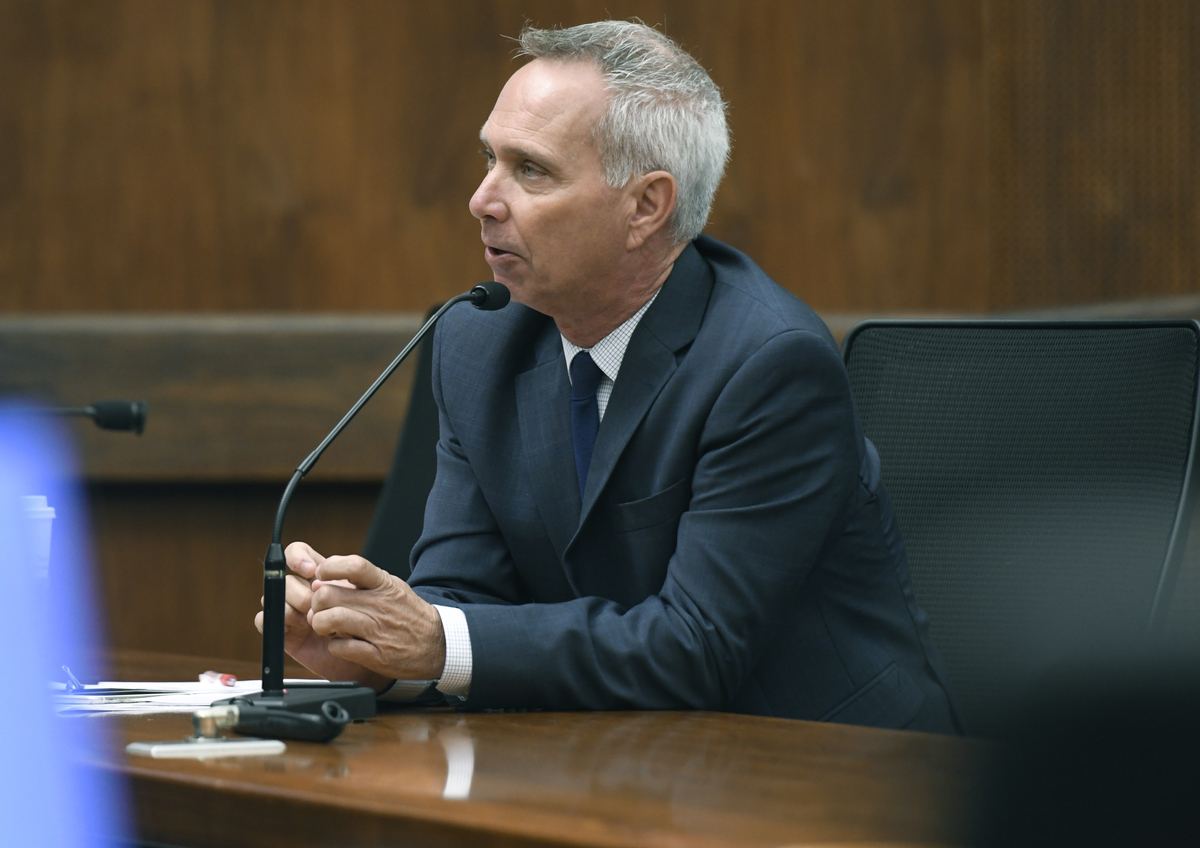County Gets $1.2 Million Extra from Growing Cannabis Industry
Larger Revenue than Anticipated Goes into General Fund

County supervisors voted on Tuesday to accept a report that added $1.2 million to the general fund from unanticipated cannabis tax revenues just a week after two raids on allegedly illegal operations. One took place in Cebada Canyon outside Lompoc — reputedly the site of much illegal growing — and one in Winchester Canyon in the outer reaches of Goleta. The Sheriff’s Office stated both were unlicensed.
In the past quarter, the county conducted 12 enforcement actions, destroying 471,000 plants said to be worth $118 million and eliminating 50,000 pounds of processed product, reportedly worth $50 million. Although numbers fluctuate day to day, Santa Barbara County growers now have 828 provisional state licenses and 12 annual licenses, just barely the most of any county in California, narrowly edging out Humboldt. Nearly two years after California’s legalization went into effect, only three cannabis operations to date have cleared all the necessary hurdles — land-use permits and business licenses — needed to become totally “legal.”
Odor complaints remain a significant issue, with 99 complaints filed against operations in Carpinteria. Of those, 17 have given rise to enforcement actions. According to county cannabis czar Dennis Bozanich, all but one of Carpinteria’s greenhouses have reportedly been equipped with an operating odor-control system, but he continues to conduct unannounced inspections.
Critics of the cannabis industry complained of the slow pace with which the county’s Planning Commission has set out to draft new, more restrictive land-use rules governing cannabis cultivation. Keeping the Planning Commission — and planning staff — busy is the large number of appeals filed against cultivation operations that have been granted land-use permits. The number of applications has increased, as well.
Correction: This story was revised on Oct. 12, 2019: Cannabis revenues were $1.2 million over projections; the funds went to the county’s general fund, not cannabis enforcement.



